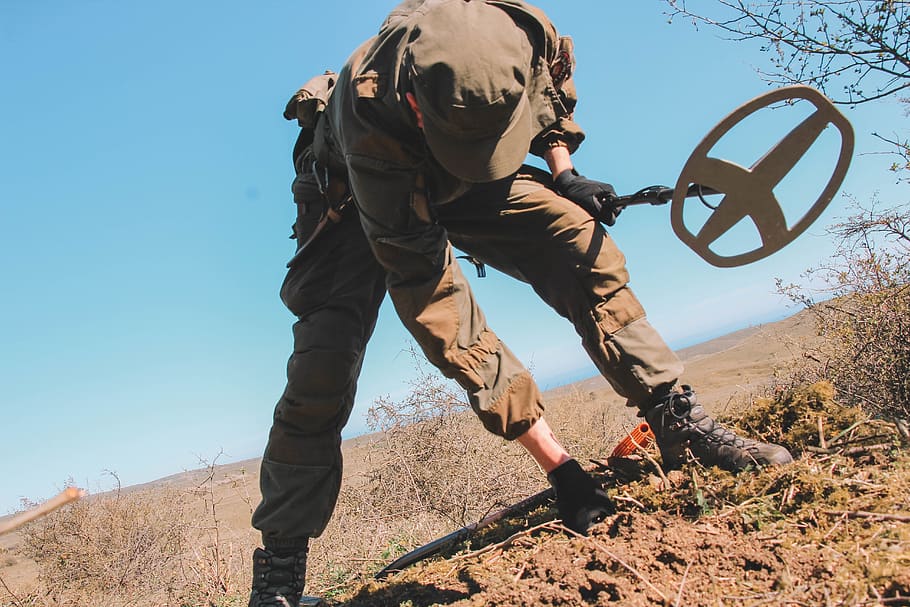A group of history enthusiasts has uncovered three artefacts thought to be over 2,500 years old in northern Poland.
The small hoard consisted of an axe and two bronze hoop ornaments, which are speculated to have been bracelets or epaulettes, a type of ornamental shoulder piece or decoration used as insignia of rank by armed forces.
The discovery was made last week in the municipality of Zalewo, near the city of Olsztyn, by a group called the Society of Lovers of the Suski Lands (TMZS), who regularly scour the area with metal detectors.
The artefacts have been handed over to a museum in the nearby town of Ostróda, which has provisionally dated the objects to the end of the Bronze Age and the beginning of the Early Iron Age, in the first half of the first millennium BC.
“Last week, together with employees of the Provincial Office for the Protection of Historical Monuments, we participated in a field inspection of the place where the prehistoric artefacts were discovered,” announced the museum.
The items are not believed to be grave furnishings as no traces of burial were uncovered at the site of discovery. It is instead thought that the owner of the objects buried them in the ground in order to hide them.
Seven-year-old girl finds Neolithic arrowhead while holidaying at Polish lake. https://t.co/ETdisdaAd5 pic.twitter.com/PiDGRgELlm
— Ticia Verveer (@ticiaverveer) August 11, 2022
This is not the first time historical artefacts have been uncovered in the area by members of the TMZS, who are based in the town of Susz and regularly carry out searches with permission from the monument protection services and local landowners. They donate finds to museums around the region.
In 2016, members of the group uncovered 86 Roman silver denarii coins, also in Zalewo, reports the Polish Press Agency (PAP). The coins were dated to the end of the 1st and 2nd century AD, with the oldest having been minted in the Roman mint in 96 AD during the reign of Emperor Nerva.
The previous year, a member of TMZS discover a unique and well-preserved spatha sword from the 4th century, which stretched over 95 cm long. In 2009, the group unearthed almost 150 Teutonic shillings and bracteates (a gold medal worn as jewellery) dating back to the early 15th century.
One of Europe's largest Roman-era pottery production sites has been discovered in Poland https://t.co/WWlXm7gMIS
— Notes from Poland 🇵🇱 (@notesfrompoland) March 31, 2021

Anna Hackett is an assistant editor at Notes from Poland. She is a recent graduate of European Studies from Trinity College Dublin and has had previous journalistic experience with the Irish Independent News & Media group.




















